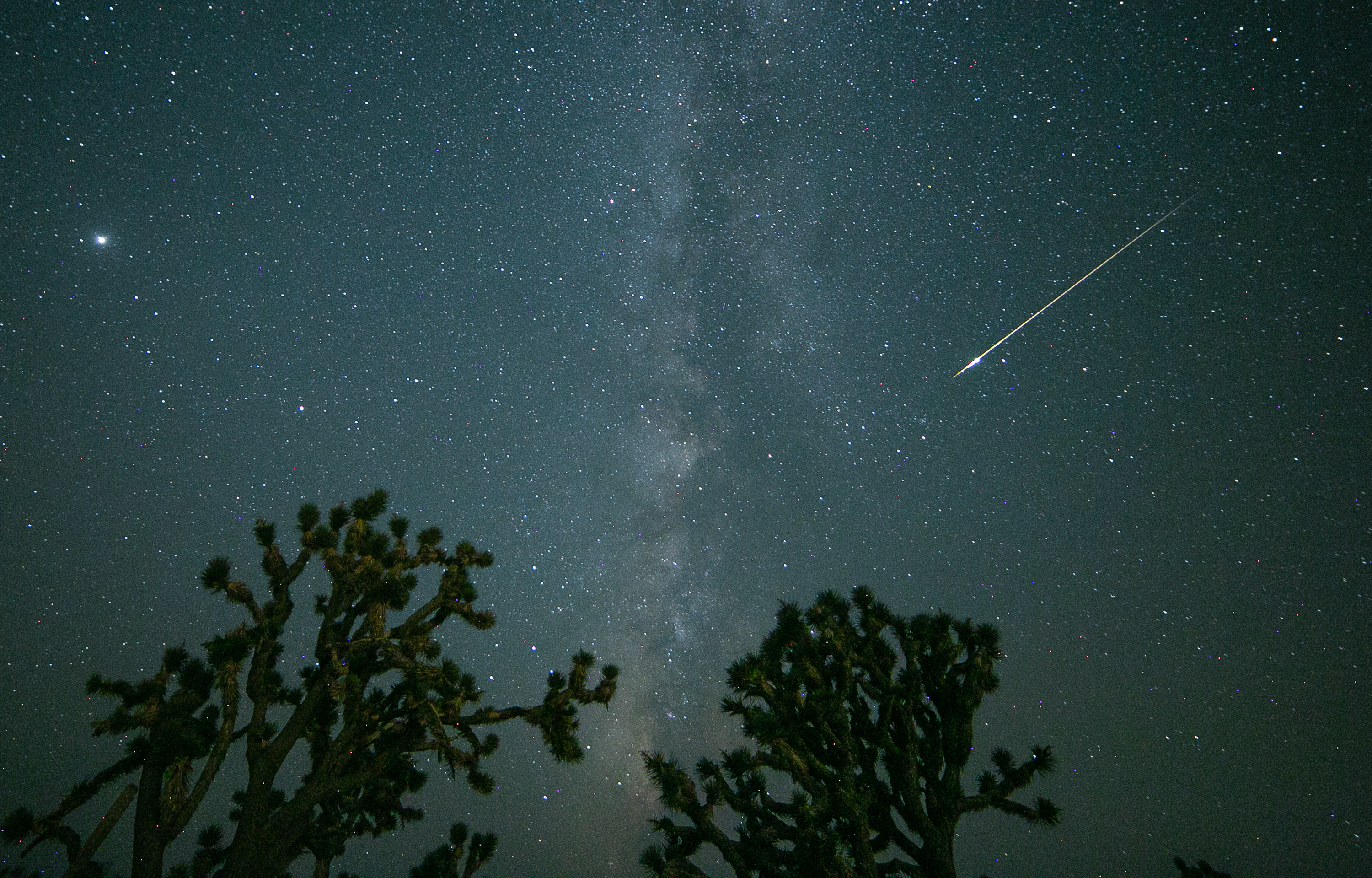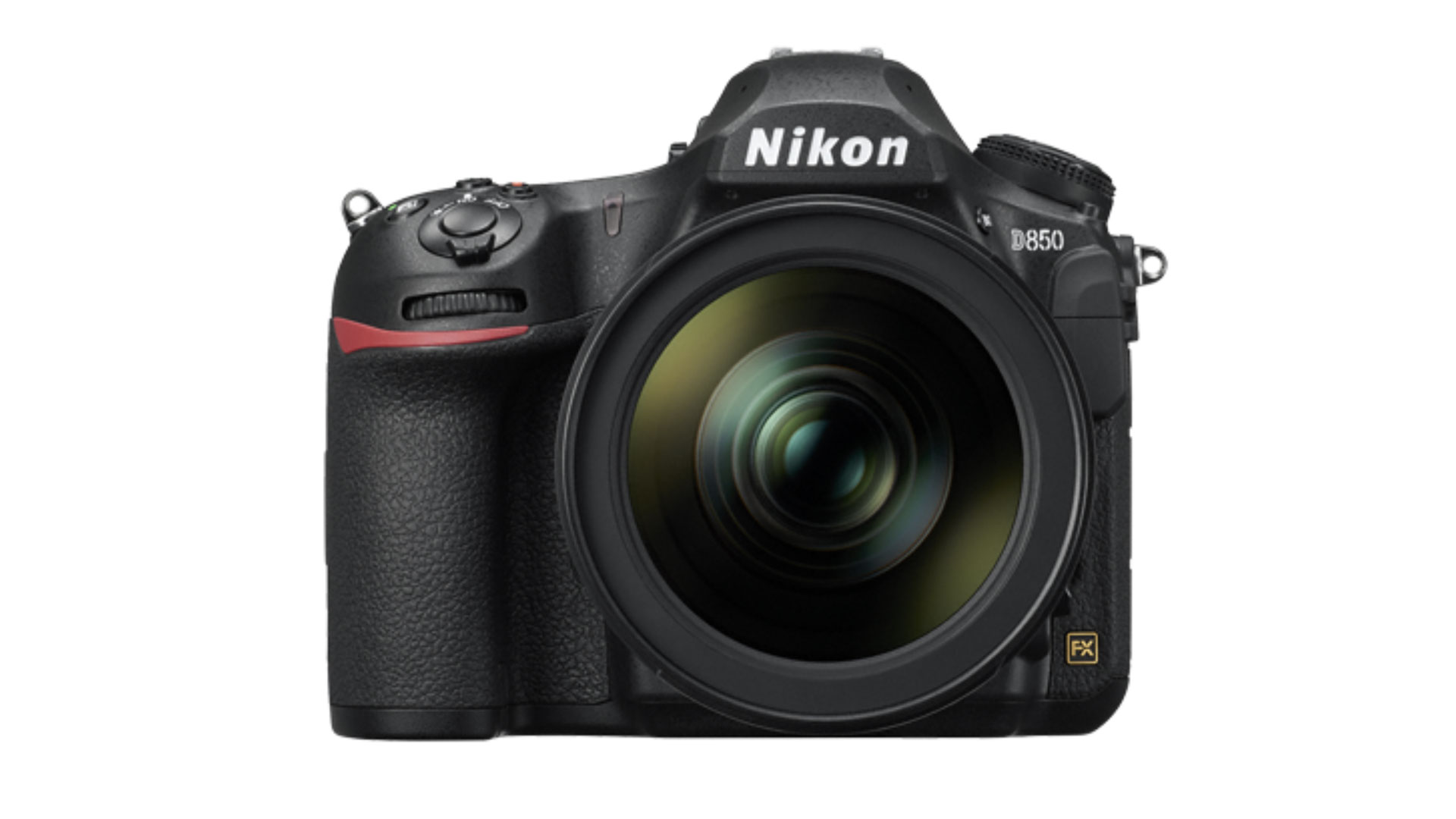Perseid meteor shower peaking now, but bright moon will get in the way
The full moon's reflected light will drown out a lot of Perseids.

Update for Aug. 13: Stargazers have captured stunning views of the Perseid meteor shower of 2022. See our full wrap up story here.
The annual Perseid meteor shower will reach its peak tonight (Aug. 12), but the "shooting stars" will have some competition with the full Sturgeon Moon lighting up the night sky, too.
The Perseid meteor shower — one of the strongest annual meteor showers, occurring between July 14 and Sept. 1 — reaches its peak overnight on Aug. 12 and Aug. 13. Unfortunately, that coincides with this month’s full moon, which officially reached its full phase last night (Aug. 11).
August’s full Sturgeon Moon, which also happens to be a supermoon — a phenomenon that occurs when the moon makes its closest approach to Earth at the same time that it's full and therefore appears especially large and bright — will remain nearly full tonight, washing out the view of the Perseids’ peak.
Related: Perseid meteor shower generates early "shooting stars" (video)

If you're looking for a good camera for meteor showers and astrophotography, our top pick is the Nikon D850. Check out our best cameras for astrophotography for more and prepare for a meteor shower with our guide on how to photograph a meteor shower.
The Perseids occur every year when Earth passes through the debris remnants, or bits of ice and rock, left behind by Comet Swift-Tuttle, which last passed close to Earth in 1992. The Perseids reach their peak when Earth passes through the densest and dustiest area of the comet’s trail.
The meteor shower is named after the constellation that the meteors appear to come from, the northern constellation Perseus. Most years, skywatchers can expect to see between 60 and 100 meteors per hour under clear, dark skies.
Breaking space news, the latest updates on rocket launches, skywatching events and more!
However, this year’s viewing conditions are far from optimal, with the bright light from the full moon expected to drastically reduce the number of visible meteors to between 10 and 20 per hour, at best, according to a statement from NASA.
If you miss the peak of the Perseids, the meteor shower will remain active the rest of the month. As the moon wanes and becomes less bright, skywatchers will have an even better chance of seeing meteors in the days following the shower’s peak.
You don’t need any special equipment to get a good view of the Perseids — just a dark viewing spot away from artificial light. You’ll also want to give your eyes about 15 to 20 minutes to adjust to the darkness and ensure you don't miss any of the meteors that may pass overhead. The best time to view the Perseids is between midnight and dawn when Perseus rises above the horizon.
Editor's note: If you snap an amazing photo of a Perseid meteor or any other night-sky sight and you'd like to share it with Space.com for a story or image gallery, send images, comments and location information to spacephotos@space.com.
Follow Samantha Mathewson @Sam_Ashley13. Follow us on Twitter @Spacedotcom or on Facebook.

Samantha Mathewson joined Space.com as an intern in the summer of 2016. She received a B.A. in Journalism and Environmental Science at the University of New Haven, in Connecticut. Previously, her work has been published in Nature World News. When not writing or reading about science, Samantha enjoys traveling to new places and taking photos! You can follow her on Twitter @Sam_Ashley13.
